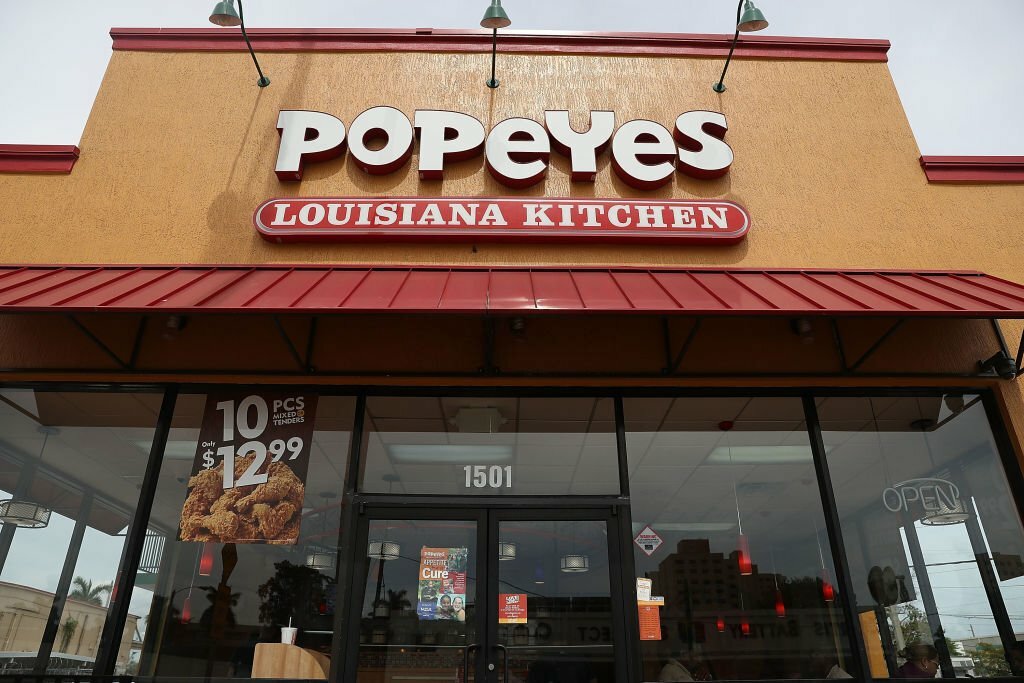Table of Contents
Discover a simple and accurate conversion guide for 25 milliliters to tablespoons. Learn the essentials in a comprehensive article that offers expert insights and valuable information.
Are you ever in the middle of a recipe and find yourself puzzled by unit conversions? You’re not alone. Converting measurements can be a real kitchen conundrum. In this guide, we’ll unravel the mystery behind converting 25 milliliters to tablespoons, making your culinary adventures a breeze. We’ll provide expert insights and valuable tips to help you navigate this conversion with ease.
Understanding the Basics
25 Milliliters to Tablespoons: Why It Matters
When you’re preparing a meal, precise measurements are crucial. A small error in the quantity of an ingredient can significantly affect the final taste and texture of your dish. Knowing how to convert 25 milliliters to tablespoons is essential for anyone who enjoys cooking or baking. This guide will equip you with the knowledge to get it right every time.
Exploring the Conversion Formula
To convert milliliters to tablespoons, you’ll need to know the conversion factor. One tablespoon is equivalent to 15 milliliters. This simple formula ensures that you can accurately convert between these two units. If you need 25 milliliters in tablespoons, just divide 25 by 15, and you’ll have the answer.

The Conversion Process
The Quick Math: 25 Milliliters to Tablespoons
Let’s put the formula into action. If you have 25 milliliters and you want to know how many tablespoons that is, you can use the equation:
25 milliliters ÷ 15 = 1.67 tablespoons
So, 25 milliliters is approximately 1.67 tablespoons.
Practical Application
Now that you know the conversion factor, you can apply it to your recipes. Whether you’re measuring liquids or working with precise quantities, this conversion is a kitchen essential. It’s especially handy when dealing with international recipes that use milliliters instead of tablespoons.
Expert Tips and Tricks
Mastering Precision
For the most accurate measurements, use a graduated measuring cup specifically designed for liquids. These cups often feature milliliter and tablespoon markings, making conversions a breeze. Great post to read HBO Max Buffering Issues.
Rounding Up or Down
In practical terms, you can round up 1.67 tablespoons to 2 tablespoons for most recipes, as it’s challenging to measure a fraction of a tablespoon accurately. Precision is essential, but don’t fret over small discrepancies.
Checking for Consistency
Consistency in measurement is crucial for culinary success. Always use the same measuring tools throughout a recipe to maintain accuracy.
People also ask
Can I Use a Regular Spoon for Measuring?
Yes, you can use a regular spoon, but keep in mind that it might not provide the same accuracy as a measuring spoon. For precise measurements, opt for the latter.
Are Milliliters and Milligrams the Same?
No, milliliters and milligrams are not the same. Milliliters measure volume, while milligrams measure weight.
How Do I Convert Tablespoons to Milliliters?
To convert tablespoons to milliliters, you can use the reverse of our formula: 1 tablespoon equals 15 milliliters.
What Are Some Common Recipes That Use Milliliters?
Many international recipes use milliliters for measurements, especially in European and Asian cuisines. Examples include French sauces, Italian dressings, and Asian soups.
How Can I Double or Triple a Recipe with Milliliter Measurements?
To double or triple a recipe with milliliter measurements, simply multiply each ingredient’s milliliter quantity by 2 or 3, depending on your desired outcome.
Wrapping Up
In the world of culinary arts, precision is key. Knowing how to convert 25 milliliters to tablespoons can make your cooking and baking experiences smoother and more enjoyable. With the simple formula of 1 tablespoon equals 15 milliliters, you can confidently tackle any recipe that requires this conversion. Happy cooking!




